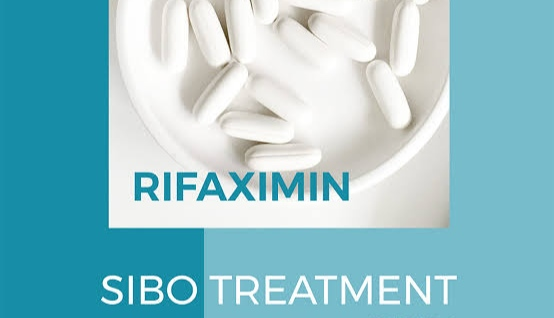Rifaximin, a powerful antibiotic renowned for its efficacy in treating various gastrointestinal conditions, holds a fascinating secret within its molecular structure: five distinct crystal forms, or polymorphs. These polymorphs, known as alpha, beta, epsilon, gamma, and delta, represent different arrangements of the same chemical compound, each possessing unique physical properties that can significantly impact the drug’s pharmaceutical behavior.
Among these polymorphs, gamma and delta stand out for their robust bioavailability, demonstrating a remarkable ability to traverse the intestinal barrier and enter the bloodstream efficiently. This heightened bioavailability might seem like a desirable trait at first glance, promising faster and more potent therapeutic effects. However, the story of rifaximin’s pharmaceutical journey is far more nuanced than meets the eye.
Contrary to conventional wisdom, the low bioavailability exhibited by certain crystal forms of rifaximin—typically ranging from 0.1% to 0.4%—may hold distinct advantages over their more bioavailable counterparts. Here’s why:
1. Targeted Local Action:
Rifaximin’s primary therapeutic arena lies within the gastrointestinal tract, where it exerts its antimicrobial prowess against a spectrum of pathogens. By virtue of their limited bioavailability, rifaximin polymorphs with low systemic absorption tend to concentrate their effects within the gut lumen, precisely where they are needed most. This targeted action minimizes systemic exposure and reduces the risk of adverse effects elsewhere in the body, enhancing the drug’s safety profile.
2. Prolonged Intestinal Residence Time:
The low bioavailability of certain rifaximin crystal forms translates into prolonged residence time within the intestines. This extended contact allows the drug to exert its antimicrobial activity over an extended duration, enhancing its efficacy in combating intestinal infections and dysbiosis. Furthermore, prolonged residence time facilitates deeper penetration into biofilms and niche microbial communities, where traditional antibiotics often struggle to reach, thereby expanding rifaximin’s therapeutic reach.
3. Reduced Systemic Toxicity:
Highly bioavailable drugs pose a greater risk of systemic toxicity, as they circulate more extensively throughout the body, potentially interacting with off-target tissues and organs. In contrast, rifaximin polymorphs characterized by low bioavailability exhibit minimal systemic distribution, mitigating the likelihood of adverse effects such as hepatotoxicity and nephrotoxicity. This enhanced safety profile is particularly advantageous in vulnerable patient populations, including the elderly and those with compromised renal or hepatic function.
4. Mitigation of Antimicrobial Resistance:
The selective pressure exerted by systemic antibiotics can accelerate the emergence and spread of antimicrobial resistance, posing a significant threat to public health. By confining its activity primarily to the gastrointestinal tract, rifaximin polymorphs with low bioavailability help minimize the systemic dissemination of resistant pathogens, thereby slowing the pace of antimicrobial resistance evolution. This stewardship of antibiotic effectiveness underscores the importance of leveraging rifaximin’s unique pharmacokinetic properties to preserve its long-term therapeutic utility.
Conclusion:
While the allure of heightened bioavailability may seem irresistible in the realm of pharmaceutical development, the case of rifaximin reminds us of the inherent value embedded within diversity. By embracing the distinctive characteristics of each crystal form, pharmaceutical companies can optimize rifaximin’s therapeutic profile to maximize efficacy, safety, and sustainability. As we unravel the intricate interplay between drug formulation and pharmacokinetics, let us not overlook the hidden virtues of low bioavailability—a reminder that sometimes, less is indeed more.
In the quest for optimal patient outcomes, rifaximin’s polymorphic landscape beckons us to explore new frontiers in drug design and delivery, guided by the principles of precision medicine and therapeutic synergy. As we navigate this ever-evolving terrain, let us heed the lessons of rifaximin’s crystal forms, illuminating pathways towards a future where personalized medicine and pharmacological innovation converge for the benefit of all.
Disclaimer:
This blog post is intended for informational purposes only and should not be construed as medical advice. Consultation with a qualified healthcare professional is recommended before initiating any treatment regimen.

